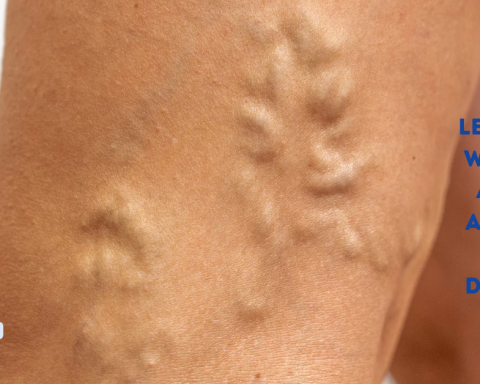Are you considering getting facial injectables? You are not alone. With the recent advancements in the healthcare industry, cosmetic procedures are no longer considered taboo. The surge in the number of celebrities accepting the procedure has caused it to become one of the most booming industries across the globe. Because of its popularity, health experts see the need to straighten out some misconceptions about injectables. Here is some information you should know:
Injectables Have Three Main Types
Injectables can be neuromodulators, which help paralyze facial muscles. This category includes Botox, Dysport, and Xeomin. Neuromodulators are widely done in clinics because they give patients instantaneous results. They are so far the best facial injections for wrinkles.
The second type is the dermal fillers, which help give volume to some areas of the face like the lips. Most of the fillers use hyaluronic acids such as Defyne, Restylane, Belotero, Vollure, and others. Non-hyaluronic acid can also be used and have more lasting results. The last type of injectables is Kybella, which is a deoxycholic acid that helps melt the fats.
It Can Be Pricey
Injectable procedures are often expensive. First, it depends on the procedure you want to have. Second, your location can dictate the price you will pay. Third, certified dermatologists are the ones most qualified for carrying out the procedure on you. It is best to sit down with a doctor so they can come up with the most reasonable price. You have to keep in mind that cosmetic procedures aren’t typically covered by insurance.
Injectables are More Than Just About Wrinkles
There is a common misconception that injectables are only for smoothing out those fine lines and wrinkles. Injectables have multiple uses. It might also be used to help lift cheekbones, soften under the eye, and plump lips, even in young patients.
Injectable Causes Little to No Pain
While injectables use needles, patients should not be afraid of the pain from the procedures. The pain is only minimal, and most people can tolerate it.
Injection site reactions from the needle puncture of the skin can result in swelling, bruising, redness, pain, itching, and infections. A certain amount of swelling and bruising is expected and usually lasts no more than a few days. Moreover, it can quickly be addressed by using a topical numbing cream to lessen the pain. Ice packs can also numb the area for injection. The use of unnecessary anticoagulant medications or products, if any, should be stopped.
A rare form of recurrent and intermittent swelling, occurring after the ingestion of alcohol, sunlight exposure, or vigorous exercise, lasting for years after the injection has been reported. Consult with your physician about it well before making the decision.
Injectable Procedures Have Short Recovery Time
One of the main reasons that injectables are preferred by many individuals today is due to their relatively short recovery time. The procedure does not sideline people, and they can go back to their routine in no time. For example, the injection points from Botox subside within 15 minutes, and you are good to go. While bruising is common, it typically resolves quickly.
Side Effects are Possible
While it is relatively safe to have injectables, there are numerous side effects of it. For example, patients need to distinguish between minimal and severe bruising and swelling. In general, the use of dermal fillers may result in some rare and not-so-rare side effects, which should subside within a week while the body reacts to the introduction of a foreign substance.
You Can Change Your Mind
Except for Kybella, which has a more permanent result, you can change your mind about injectables. If you don’t think that dermal fillers work for you, then you can reverse the process. Note, however, that this is only possible for hyaluronic acid-based dermal fillers. Typically, the more movement an area has, the faster the time the filling will dissolve. Botox injections, on the other hand, last for three to six months. So, if you don’t like it, you will need to wait it out.
Before you have any injections done, make sure that you are fully informed about the benefits and consequences, so you know what to expect.








